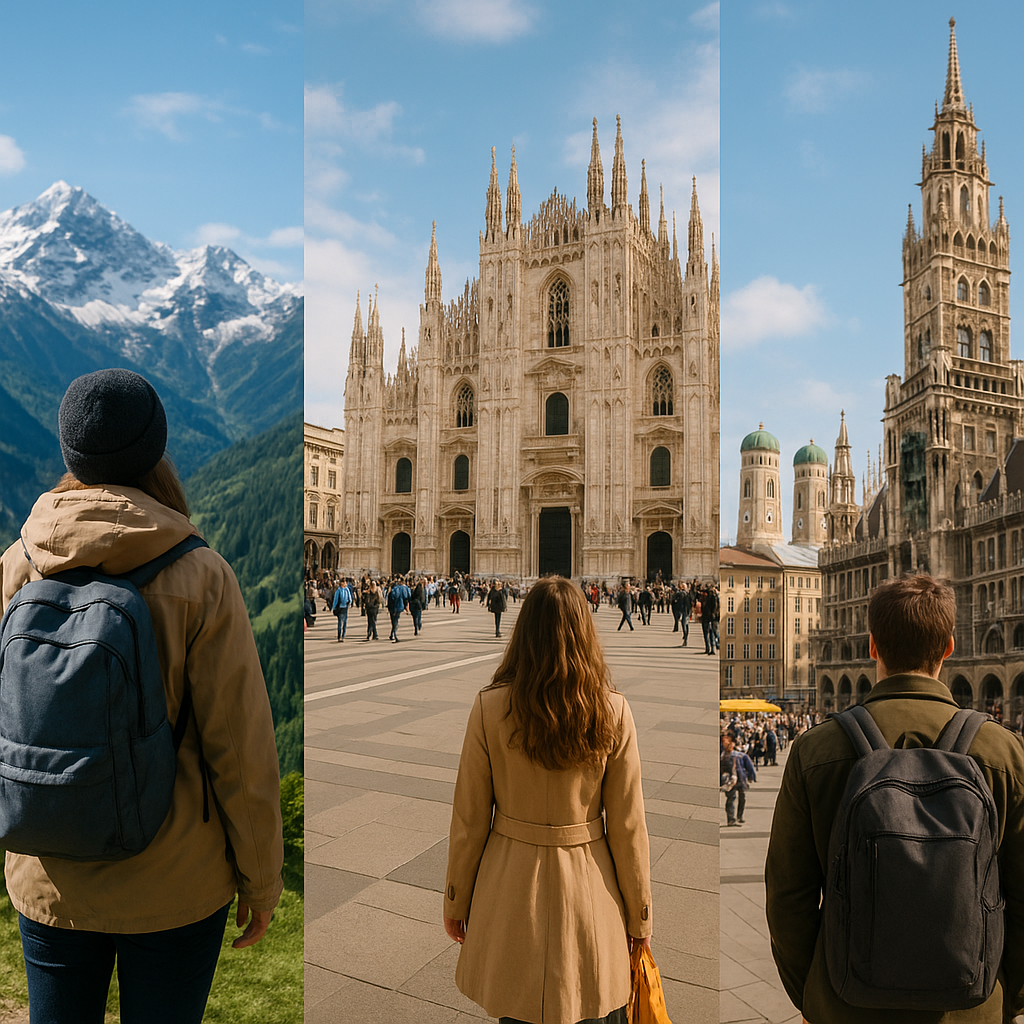
Understanding how altitude affects skin aging is crucial for anyone living in or visiting high-altitude regions. The unique environmental conditions at higher elevations can accelerate the aging process of the skin, making it essential to adopt specific skincare routines and protective measures.
The Science Behind Altitude and Skin Aging
At higher altitudes, the atmosphere is thinner, which means there is less oxygen and a higher level of ultraviolet (UV) radiation. These factors can significantly impact the skin’s health and appearance. The reduced oxygen levels can lead to decreased blood circulation, which in turn affects the skin’s ability to repair and regenerate. This can result in a dull, tired complexion and an increase in the appearance of fine lines and wrinkles.
Moreover, the increased UV radiation at higher altitudes can cause more significant damage to the skin. UV rays are known to break down collagen and elastin fibers, which are essential for maintaining the skin’s elasticity and firmness. Prolonged exposure to UV radiation can lead to premature aging, characterized by wrinkles, age spots, and a loss of skin elasticity.
Dehydration and Its Effects
Another critical factor to consider is the lower humidity levels at higher altitudes. The dry air can strip the skin of its natural moisture, leading to dehydration. Dehydrated skin is more prone to developing fine lines and wrinkles, as well as becoming rough and flaky. This lack of moisture can also compromise the skin’s barrier function, making it more susceptible to environmental damage and irritation.
Oxidative Stress
Oxidative stress is another consequence of high-altitude living. The increased UV exposure and reduced oxygen levels can lead to the production of free radicals, which are unstable molecules that can damage skin cells. This oxidative stress can accelerate the aging process and contribute to the development of various skin conditions, including hyperpigmentation and inflammation.
Protective Measures and Skincare Tips
Given the unique challenges posed by high-altitude environments, it is essential to adopt a comprehensive skincare routine that addresses these specific needs. Here are some tips to help protect your skin and minimize the effects of altitude on skin aging:
Hydration is Key
Maintaining adequate hydration is crucial for keeping your skin healthy at high altitudes. Drink plenty of water throughout the day to help combat the dehydrating effects of the dry air. Additionally, use a hydrating moisturizer that contains ingredients like hyaluronic acid, glycerin, and ceramides to help lock in moisture and strengthen the skin’s barrier function.
Sun Protection
Given the increased UV radiation at higher altitudes, it is essential to use a broad-spectrum sunscreen with an SPF of at least 30. Apply sunscreen generously to all exposed areas of skin, and reapply every two hours, or more frequently if you are sweating or swimming. Wearing protective clothing, such as wide-brimmed hats and UV-blocking sunglasses, can also help shield your skin from harmful UV rays.
Antioxidant-Rich Skincare
Incorporating antioxidant-rich skincare products into your routine can help combat the oxidative stress caused by high-altitude living. Look for products that contain ingredients like vitamin C, vitamin E, and green tea extract, which can help neutralize free radicals and protect your skin from damage. Using a serum or moisturizer with these antioxidants can help maintain a youthful, radiant complexion.
Gentle Cleansing
Opt for a gentle, hydrating cleanser that won’t strip your skin of its natural oils. Avoid harsh soaps and cleansers that can further dry out your skin. Instead, choose a product that contains soothing ingredients like aloe vera, chamomile, and oat extract to help calm and nourish your skin.
Regular Exfoliation
Exfoliating your skin regularly can help remove dead skin cells and promote cell turnover, resulting in a smoother, more radiant complexion. However, be cautious not to over-exfoliate, as this can lead to irritation and further compromise your skin’s barrier function. Aim to exfoliate once or twice a week using a gentle scrub or a chemical exfoliant containing alpha-hydroxy acids (AHAs) or beta-hydroxy acids (BHAs).
Conclusion
Living at high altitudes presents unique challenges for maintaining healthy, youthful skin. The combination of reduced oxygen levels, increased UV radiation, and lower humidity can accelerate the aging process and lead to various skin issues. By understanding these factors and adopting a targeted skincare routine, you can help protect your skin and minimize the effects of altitude on skin aging. Prioritizing hydration, sun protection, antioxidant-rich skincare, gentle cleansing, and regular exfoliation can go a long way in preserving your skin’s health and appearance, allowing you to enjoy the beauty of high-altitude living without compromising your skin.

